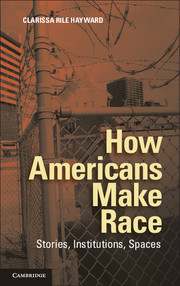4 - Home, Sweet Home
Published online by Cambridge University Press: 05 June 2014
Summary
In 1868, Emery Childs, an East Coast business entrepreneur and land speculator, founded the Riverside Improvement Company and purchased a sixteen-hundred-acre tract of undeveloped land nine miles west of Chicago. The tract was well situated: it ran along the Des Plaines River and encompassed the first suburban stop on the Chicago, Burlington, and Quincy Railroad. Childs commissioned Frederick Law Olmsted and Calvert Vaux – by then known and celebrated for their design of New York’s Central Park – to plan what would become the most influential American suburb of the nineteenth century.
It was Olmsted and Vaux’s innovative design that won Riverside, Illinois renown. Unlike almost all other late nineteenth-century suburbs, which were laid out in the familiar grid patterns of the cities they surrounded, Riverside was characterized, in its planners’ words, by “gracefully curved lines, generous spaces, and the absence of sharp corners, the idea being to suggest and imply leisure, contemplativeness, and happy tranquility.” The plan for Riverside included 700 acres of public parks and greens, among these a 160-acre reserve along the river; multiple playgrounds and croquet grounds; and a lake, which itself was to be surrounded by public walks. It included a wide and richly landscaped parkway to Chicago, which was divided into four separate tracks for pedestrians, equestrians, pleasure drivers, and commercial drivers: a promenade Olmsted imagined would draw a fashionable crowd, as did the Parisian Champs Elysées. It set large houses on large lots (most 100 by 225 feet), specified for these a minimum thirty-foot setback from the road, and required that their generous front yards be fence free and planted with trees. According to Robert Fishman, writing more than 100 years after Olmsted and Vaux designed Riverside, Illinois, “If there is a single plan that expresses the idea of the bourgeois utopia, it is Olmsted’s Riverside.”
- Type
- Chapter
- Information
- How Americans Make RaceStories, Institutions, Spaces, pp. 111 - 150Publisher: Cambridge University PressPrint publication year: 2013



